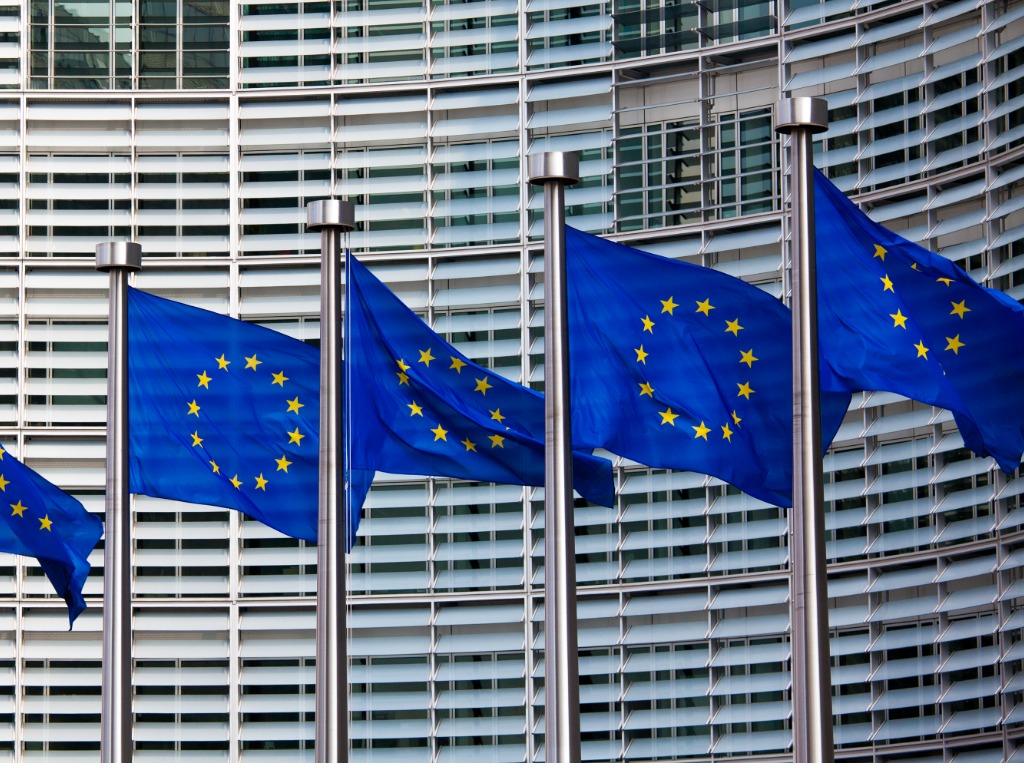European Stability Mechanism Ready to use Social Bonds for Pandemic Crisis Support
The European Stability Mechanism (ESM) today published its new Social Bond Framework, and confirmed that it expects to use social bonds to finance crisis support needs arising from the COVID-19 pandemic, if needed.
The ESM was established in 2012 by euro area Member States, in the wake of the financial crisis, as an international financial institution designed to help euro area countries experiencing or threatened by severe financing problems. The goal of the ESM is to safeguard the financial stability of the Euro area and Member States. Social bonds are a type of debt instrument whose proceeds are intended for projects that generate positive social outcomes, or to finance investments supporting the social needs of particular groups.
In a newsletter to investors, ESM Member of the Management Board and Chief Financial Officer Kalin Anev Janse wrote that in the event that the ESM’s credit line, Pandemic Crisis Support, is drawn, the ESM would use social bonds as a new debt instrument enabling the funding of the social needs of euro area member states affected by Covid-19 by the investment community.
The ESM Social Bond Framework released today is fully compliant with International Capital Market Association’s (ICMA) Social Bond Principles. In the framework, the ESM outlines the ESG efforts the ESM has made in recent years, including reducing the institution’s environmental impact, ensuring that internal policies and practices are in line with the respective best practice standards, and that governance practices are based on transparency, and accountability. Additionally, the ESM has become a signatory of the United Nations Principles for Responsible Investment. The ESM believes that ESM social bonds will be a new element to the institution’s ESG efforts.
The use of proceeds anticipated from the funding instruments include, Healthcare, cure, and prevention costs directly related to the Covid-19 pandemic, as well as other costs such as spending on hospitals, cure and rehabilitative care, ambulatory cure and rehabilitative care, diagnostics, pharmaceuticals, preventive care, health administrations, and health-related long-term care.





